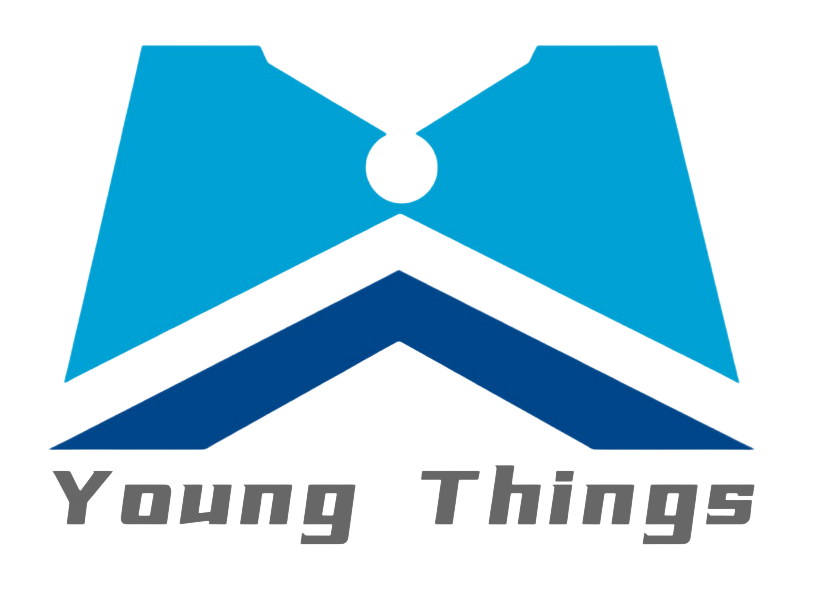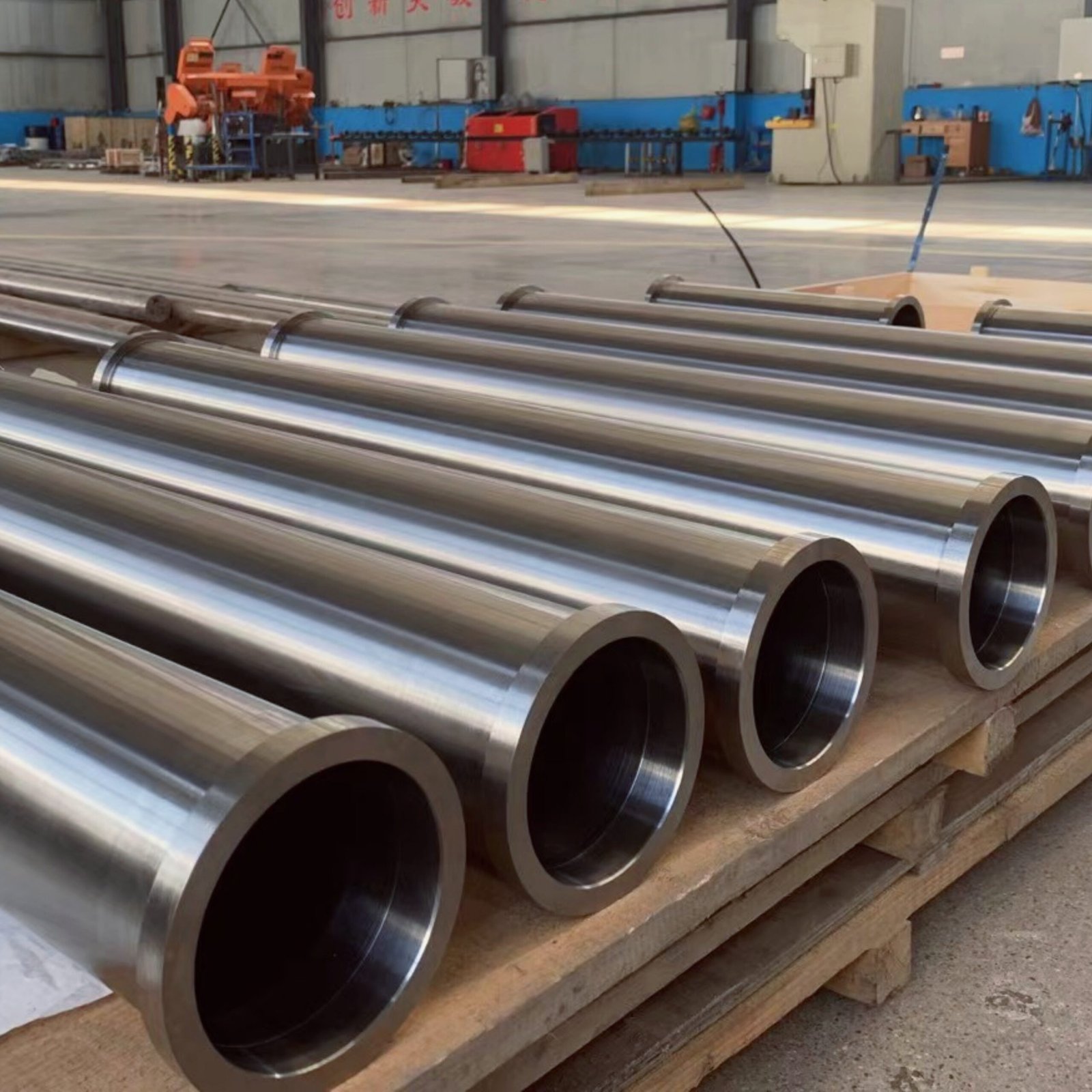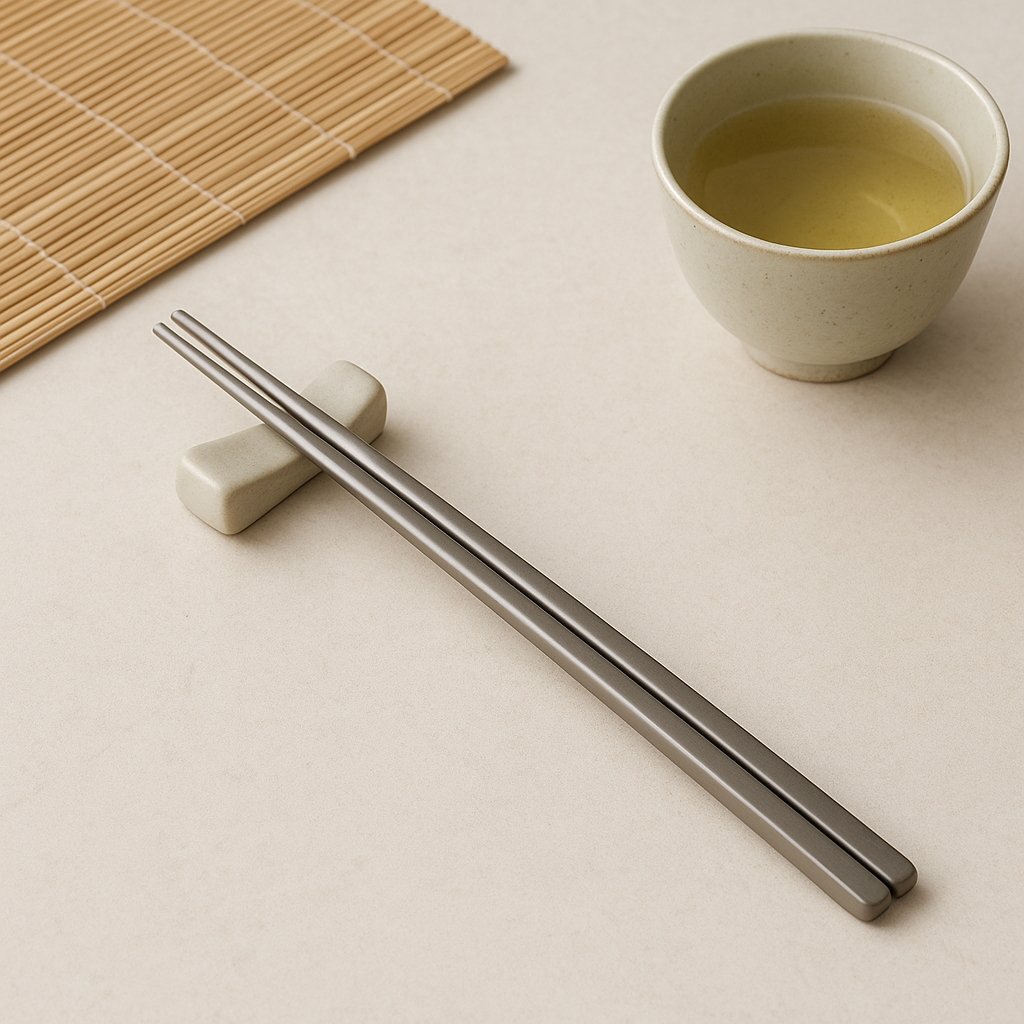Titanium alloys, known for their outstanding physical, chemical, and biological properties—such as high strength-to-weight ratio, excellent corrosion resistance, and good biocompatibility—play a vital role in high-tech industries like aerospace, biomedical, and chemical processing. However, the inherent surface characteristics of titanium alloys can sometimes hinder performance or interfere with further functional treatments.
The naturally formed passive oxide layer on titanium surfaces (primarily TiO₂) is dense and chemically inert, and additional contaminants or micro-damage from processing can affect downstream applications. Thus, proper surface pretreatment is crucial for maximizing performance and ensuring reliability in demanding environments. Among these pretreatments, chemical/electrochemical etching and surface activation serve as essential foundational techniques, enabling enhanced bonding, coating, or functionalization.
Why Etching and Activation Are Necessary
The need for surface etching and activation stems from several factors:
- The passive oxide layer on titanium, while responsible for its corrosion resistance, has low surface energy and poor chemical reactivity. This hinders effective adhesion with coatings, adhesives, or brazing materials. The oxide acts as both a physical and chemical barrier, potentially leading to poor adhesion, weak bonding strength, or welding defects.
- During machining, heat treatment, or other manufacturing steps, the titanium surface may accumulate oil residues, metallic debris, or suffer from surface work hardening and micro-cracks. These contaminants and defects negatively impact further processing and reduce product performance and longevity.
Etching and activation are therefore conducted to obtain a clean, oxide-free, micro-textured, and chemically active surface, which is essential for high-quality interface bonding and functional reliability.
How Etching and Activation Are Performed
Surface etching and activation of titanium alloys can be achieved through chemical or electrochemical methods:
-
Chemical etching involves immersing titanium in acidic solutions—commonly mixtures containing hydrofluoric acid (HF) and nitric acid (HNO₃). This selectively removes the oxide layer and a thin layer of base metal, revealing a clean and slightly roughened surface. The method is simple and suitable for batch processing but requires precise control to ensure uniformity and proper disposal of corrosive and hazardous waste.
-
Electrochemical etching places titanium as the anode in an electrolyte. An external electric field is applied, using anodic dissolution to remove surface material. Compared to chemical etching, electrochemical methods offer more precise control over etching rate and surface morphology, and can even create structured micro/nano-scale surfaces.
In many cases, a brief post-etch surface activation step is added. This usually involves a short soak in a specific chemical solution to maximize surface reactivity before further treatment such as plating or coating.
Applications and Benefits of Etched & Activated Surfaces
Properly etched and activated titanium surfaces serve as ideal substrates for various downstream processes and application scenarios:
-
Coating processes such as thermal spraying, PVD, CVD, or Plasma Electrolytic Oxidation (PEO) rely on pre-etching to enhance coating adhesion. The increased surface roughness improves mechanical interlocking, while chemical activation boosts bond strength through stronger chemical interactions.
-
Structural bonding with adhesives (especially between titanium and composites) is significantly improved by etching, which enhances surface wettability and mechanical interlocking. This results in higher joint strength and long-term reliability.
-
Welding and brazing benefit from oxide and contaminant removal, reducing defects and ensuring metallurgical bonding quality.
Direct Functional Use in Specific Applications
Etching is not just a preparatory step—it plays a direct functional role in some applications:
-
In biomedical implants (e.g., artificial joints and dental implants), controlled etching can create micro- and nano-scale surface textures. These promote osteoblast adhesion, proliferation, and differentiation, thereby accelerating osseointegration and improving long-term stability and biocompatibility.
-
In microfabrication, chemical or electrochemical etching is a key method for producing microstructures in titanium substrates—used in MEMS devices, microfluidic chips, and surfaces with tailored optical or tribological properties.
Challenges and Considerations in Etching & Activation
Despite being fundamental techniques, etching and activation present several challenges:
-
Process control is critical. Etch rate, surface morphology, and uniformity depend on multiple variables: etchant concentration, temperature, immersion time, and electrochemical parameters (current density, voltage). These must be finely tuned to avoid under-etching or excessive material removal.
-
Safety and environmental concerns are significant, especially when using highly corrosive agents like HF. Strict safety protocols and compliant waste treatment systems are necessary.
-
Hydrogen embrittlement risk must be addressed. Titanium can absorb hydrogen during acid etching, reducing ductility. Proper process design and post-etch hydrogen removal steps are recommended.
-
Material-specific optimization is essential. Different titanium grades respond differently to chemical reactions, requiring tailored etching procedures.
Conclusion
Though located at the early stage of the manufacturing process, chemical/electrochemical etching and surface activation are far more than simple cleaning steps. They are foundational to high-performance titanium alloy applications—forming a critical bridge between raw material and final functional product.
By removing barrier layers and tailoring surface morphology and chemistry, these treatments lay the groundwork for coating adhesion, structural bonding, biological integration, and precision microfabrication.
These seemingly “basic” surface treatments have significantly expanded the application potential of titanium alloys, enabling them to meet the increasingly stringent demands of modern industry. As research continues into more precise, efficient, and environmentally friendly etching methods, the role of surface activation will only grow—injecting new momentum into the field of titanium materials science and engineering.
Share this article
Written by : 钛合金网
Follow us
Table Of Content




